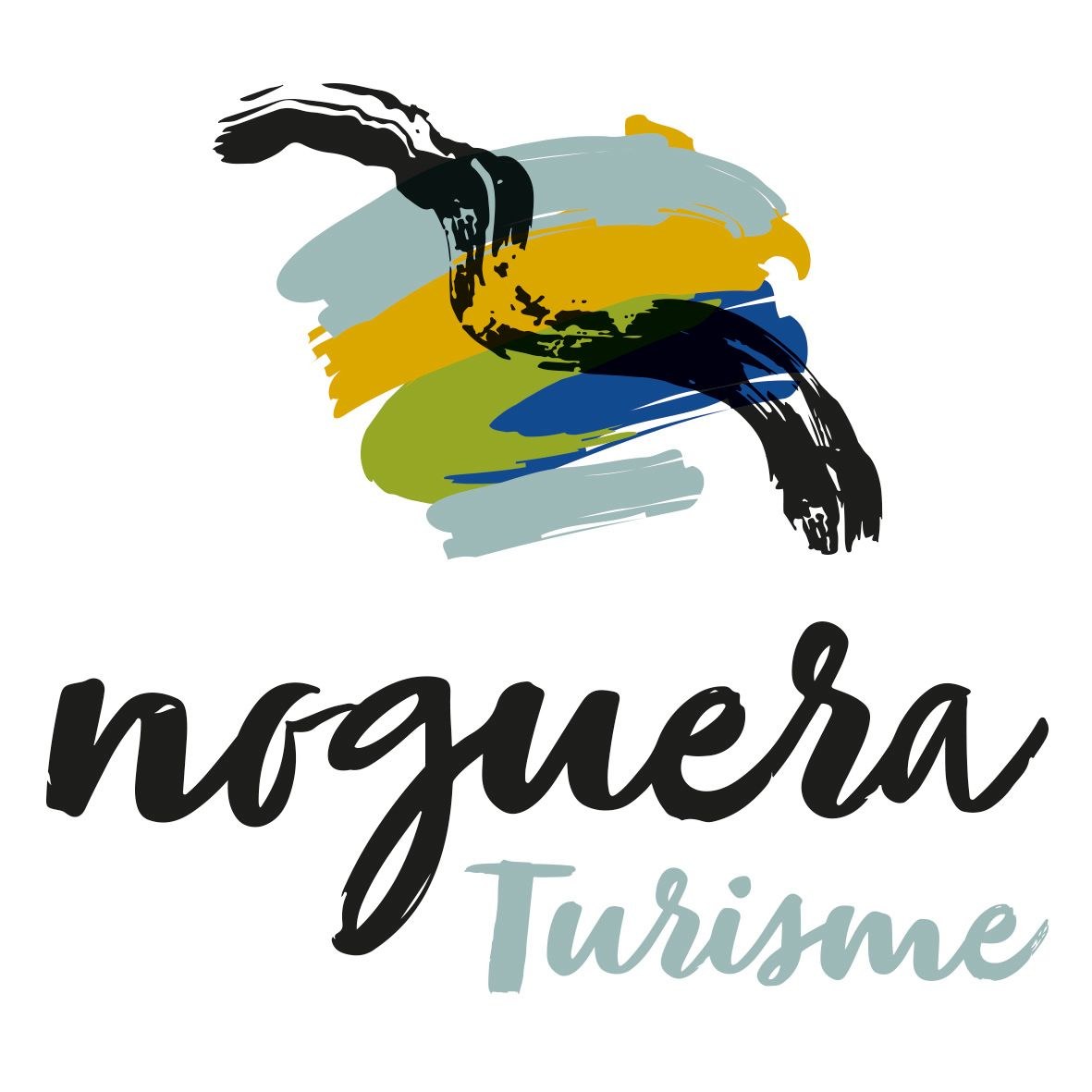NATURE

The origins of Montsec are well-documented in is cross-section and have been conserved for posterity in its rock face. Two hundred million years ago, the Montsec mountain range had formed part of a marine basin. With the passing of time, the forces of nature then combined to push, fold and raise these marine sediments and to give this area its present form. With its highest point at 1,676 metres above sea level,Montsec provides living evidence of how the passage of time and almost every step in a territory's history can be recorded in its physical geography.
As a result of its origins and its different climatic zones,Montsec has developed as an exceptional natural space offering a wealth of botanic interest. The mountain range's rather peculiar orientation has produced a number of different environments that range from the principally Eurosiberian vegetation of its north-facing slopes to the more characteristically Mediterranean flora of its south-facing side. AtMontsec , it is common to find precipices with cliff faces of up to 500m in height. But, even in these apparently inhospitable locations, it is possible to find plants such as jonça (Aphyllanthes monspeliensis)and corona de rei (Saxifraga longifolia) and also certain types of endemic vegetation, includingPetrocoptis montsincciana, which is unique to Montsec.
The Montsec area contains five monumental trees considered of national interest:
The area's tremendous botanical heterogeneity and its diversity of habitats have contributed to the diversification of Montsec's valuable fauna. Species of all kinds coexist in a habitat in which the wealth of the local terrains and waters has permitted the existence and subsistence of a truly exceptional range of fauna.
Within the Montsec area, there are two zones that enjoy special protection of their fauna:
The Reserva de Fauna Salvatge (Wildlife Reserve) de Sant Llorenç de Montgai
This Reserve occupies 468 hectares located in the municipalities of Camarasa and Os de Balaguer, an area that also contains the Partidor de Gerb (skimming/dividing wall) and the Embassament de Sant Llorenç (reservoir). Here, it is possible to find a number of relatively rare species of fauna, including the bearded vulture and the capercaillie.
The Reserva Natural Parcial(Partial Nature Reserve) de la Noguera Ribagorçana-Mont Rebei
This nature reserve occupies an 11 km stretch of riverside. It received its nature reserve status on account of its water predator, the otter. The scarp slopes and precipices of this mountain range provide excellent hideouts for the birds of prey that fly over Montsec both during the day and at night. These include the peregrine falcon, the vulture, and the golden eagle.
The abundance of water in this territory has permitted the existence of an important number of aquatic species of fauna: bird species include the mallard, the grebe and the grey heron. The most significant fish species include the autochthonous carp and barbel and the more recently introduced black-bass, which is found in the reservoirs.
The Serra del Montsec is a limestone mountain system that is more than 40 km long and covers a total area of 18,696 hectares, spreading across the comarques (local districts) of La Noguera and El Pallars Jussà. The thrust and erosive force of the rivers Noguera Pallaresa and Noguera Ribagorçana have left their mark on the landscape in the form of the spectacular gorges of Mont Rebei and Terradets, which now divide the sierra into three separate parts. From west to east, these are: Montsec d'Estall (which is in Aragon), Montsec de Rúbies and Montsec d'Ares.
Contact information
Patronat de Turisme
de les Terres de Lleida
Rambla Ferran, 18 3rd floor
25007 Lleida
+34 973 245
408info@aralleida.cat
aralleida.cat
iònic.web